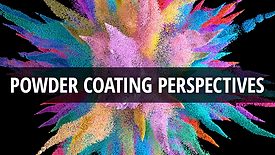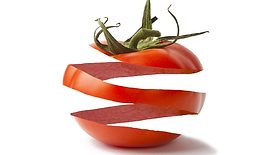Featured on Home Page
Sustainable Paper Packaging: A Natural-Based Barrier Solution
A Biomimetic Approach to Barrier Coatings
Read More
Keep the info flowing with our eNewsletters!
Get the latest industry updates tailored your way.
JOIN TODAY!Copyright ©2025. All Rights Reserved BNP Media.
Design, CMS, Hosting & Web Development :: ePublishing










